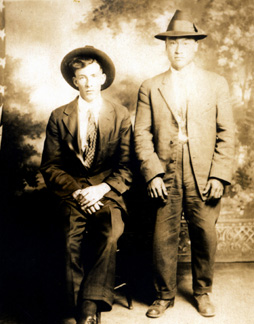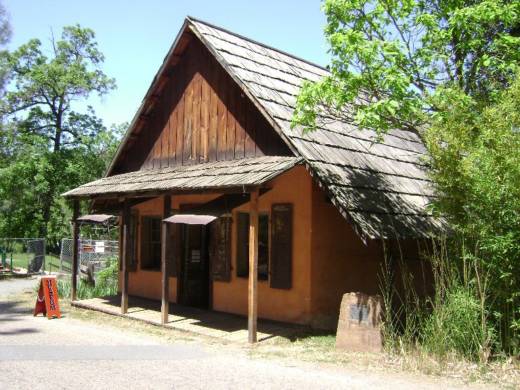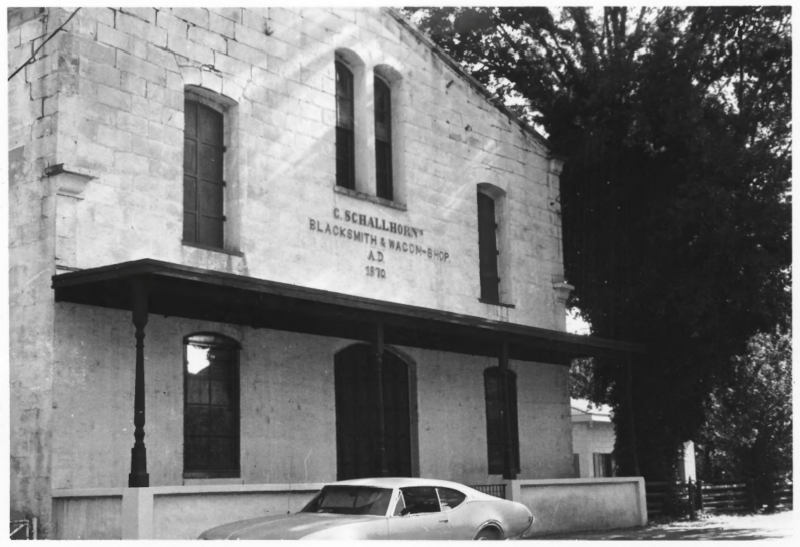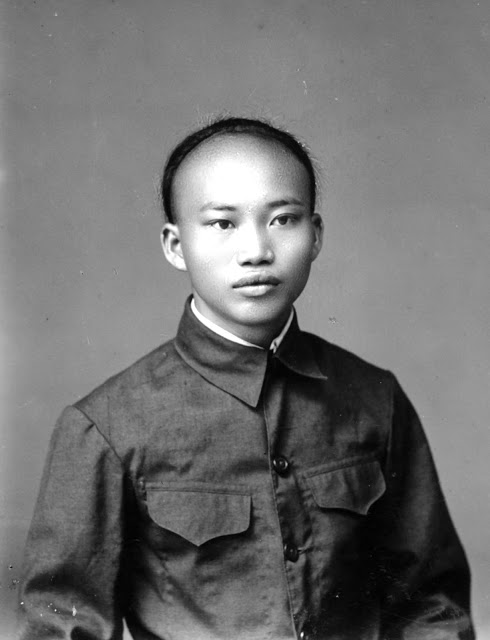A lot of us Californians like to hit the open road, explore miles of highway and venture off onto some back roads. Sometimes, we come across towns with some pretty bizarre and surprising names. For this installment in our series “A Place Called What?!” we head to Fiddletown in Amador County. Know an unusual place name in California? Tell us about it in the comments below, or send a note to calreport@kqed.org.
Elaine Zorbas says she fell in love with Fiddletown because of its rolling hills, vineyards and rich history. But that's not what gave the town its name.
"The town has always had a lot of music," says Zorbas, a former librarian who has lived in Fiddletown since 2001, "and fiddles were very common during the Gold Rush because this is a Gold Rush town. It was quite a place in the 1850s."

Zorbas, who has written two books on Fiddletown, says an old man heard "people fiddle" and decided the town should be called Fiddletown.
"Now what we don't know was whether they were playing the fiddle or whether they were fiddling around," she says.


